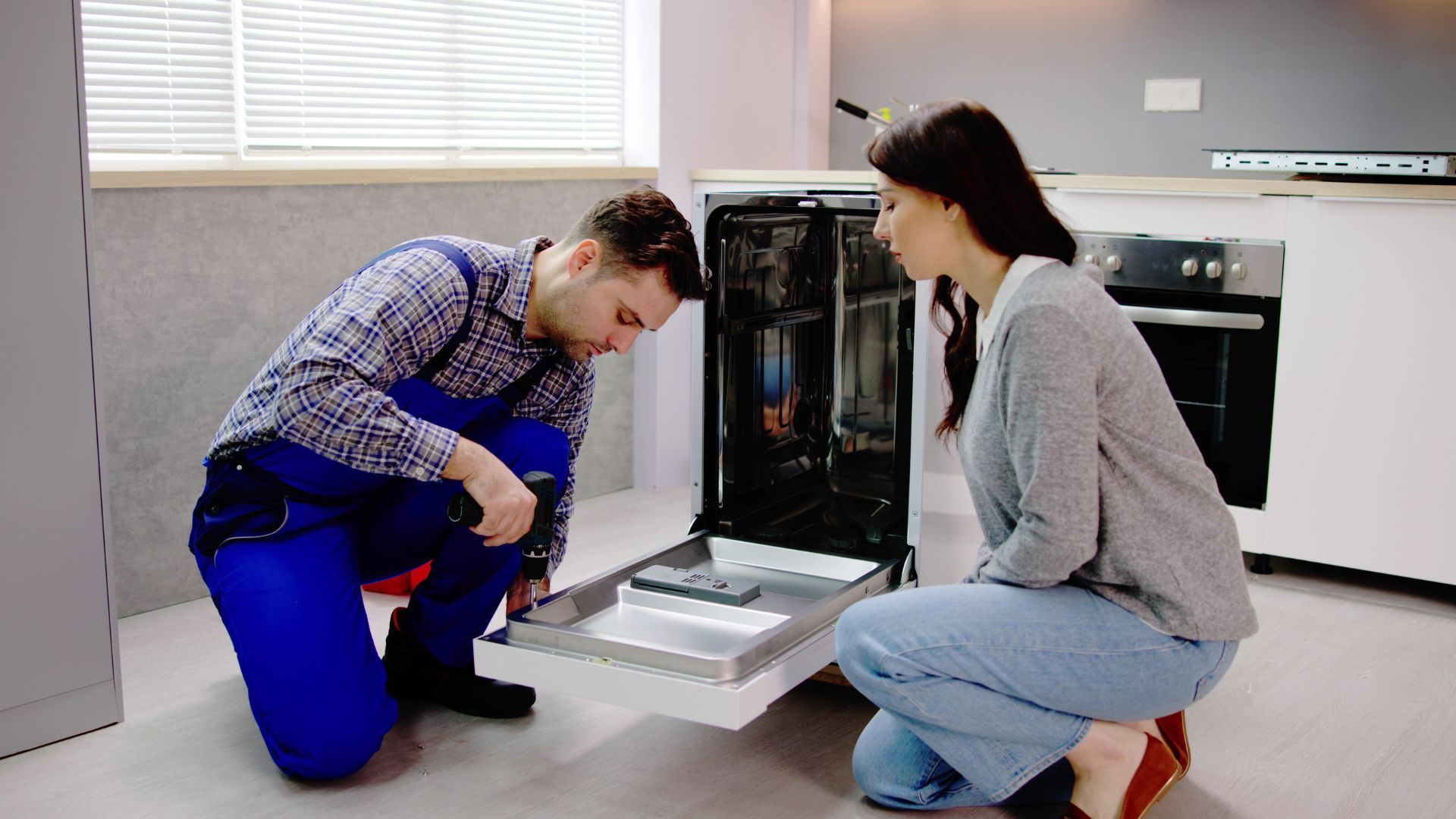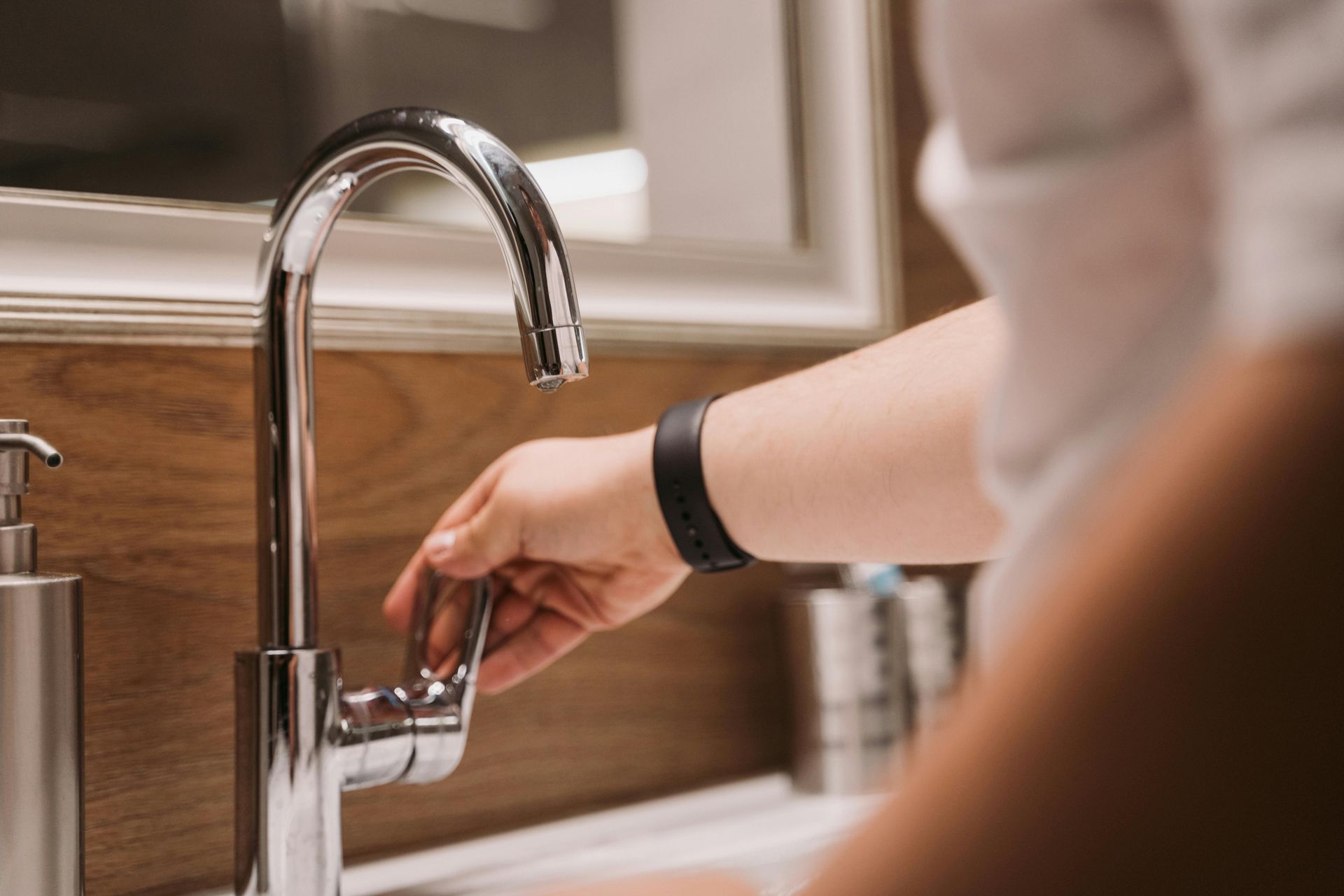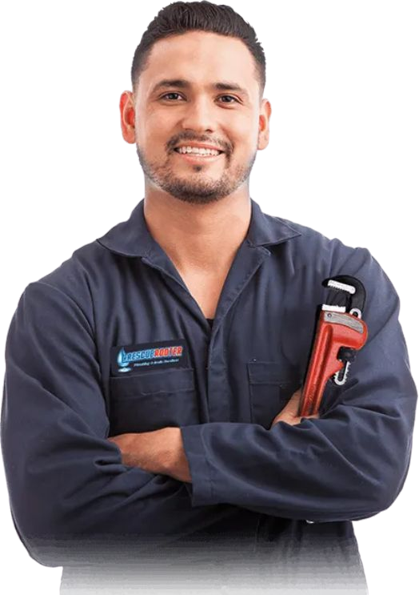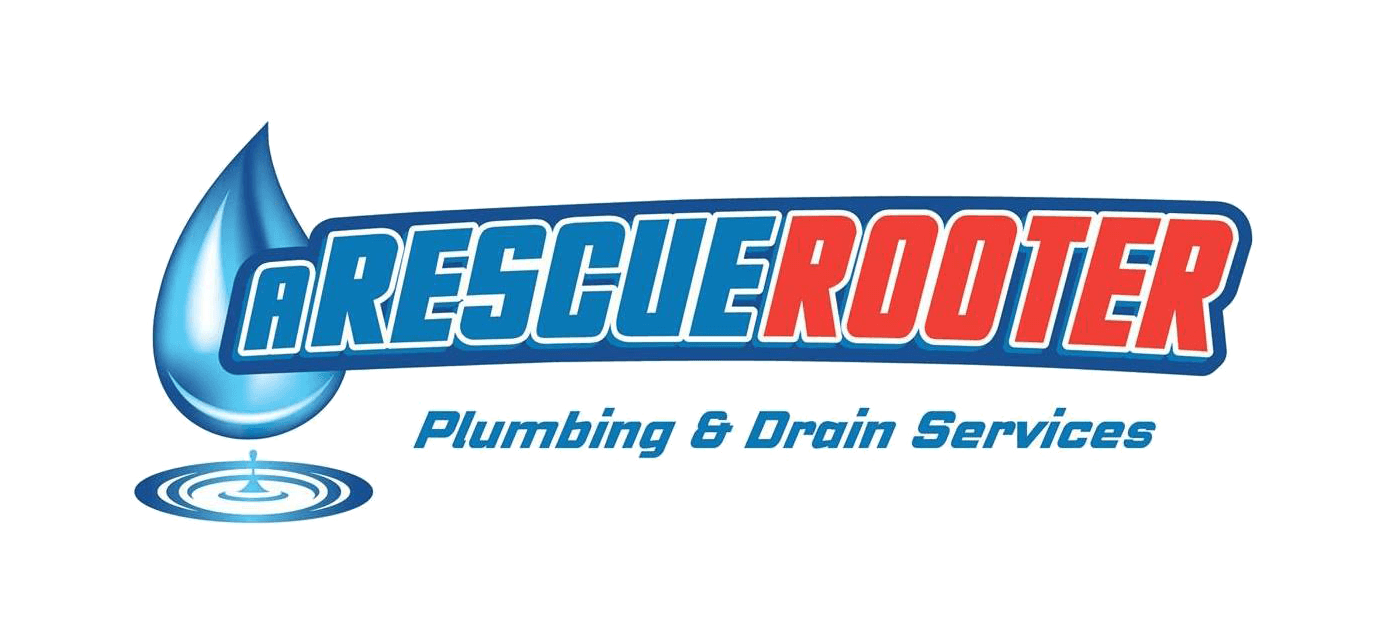Essential Plumbing Tips
Essential Plumbing Maintenance Tips for Homeowners
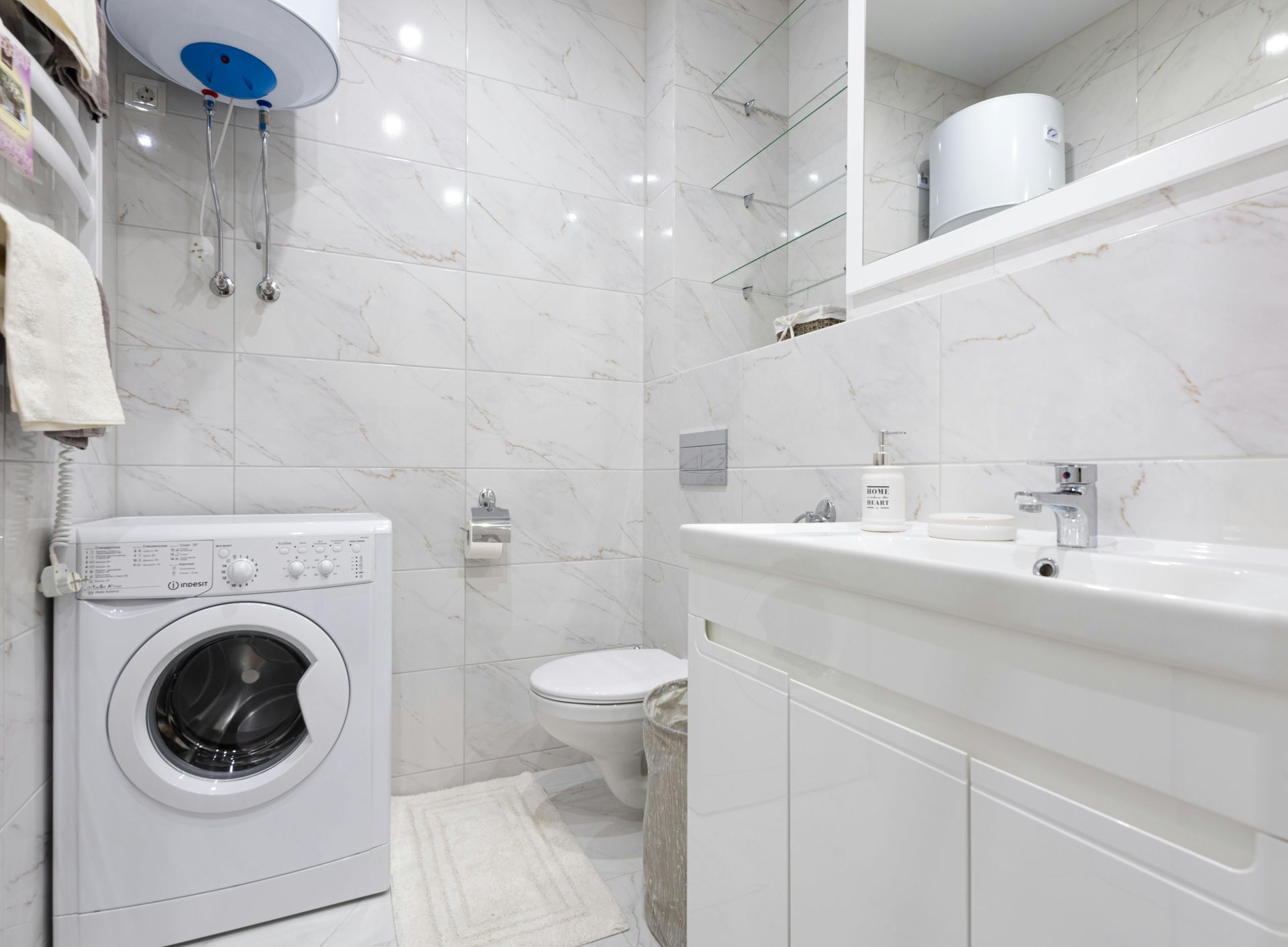
What can a homeowner do to keep their plumbing healthy? A homeowner can perform regular maintenance, use proper products, and practice good habits to ensure that their plumbing stays healthy.
Some specific steps a homeowner can take include:
- If something doesn’t work correctly, there’s an issue.
- Schedule regular inspections: It is recommended to have a professional plumber inspect the plumbing system at least once a year. This can help identify any potential issues before they become major problems.
- Check for leaks: Keep an eye out for any signs of leaks such as damp spots, mold growth, or water stains on walls or ceilings. If you notice any of these signs, it's important to address them immediately to prevent further damage.
- Use drain filters: Install drain filters in sinks, tubs, and showers to catch hair
- food particles, and other debris that can lead to clogs. Regularly clean the filters to ensure they remain effective in preventing blockages.
- Avoid pouring grease down the drain: Grease and oil can solidify in pipes, causing severe clogs over time. Instead, dispose of grease in a designated container and throw it away with your household garbage.
- Insulate exposed pipes: During colder months, insulate exposed pipes to prevent freezing. Frozen pipes can burst, leading to costly repairs and water damage. Pipe insulation is an affordable precaution that can save you significant expenses in the long run.
- Fix leaks promptly: A small leak may not seem like a big deal, but it can quickly become one if left unrepaired. Not only can it waste water and increase your utility bill, but it can also cause damage to your home's structure and lead to mold growth. As soon as you notice a leak, address it immediately.
- Use drain screens: Hair, debris, and other small objects are common culprits for clogged drains. Placing drain screens in sinks and showers can prevent these materials from entering the pipes and causing blockages.
- Don't ignore warning signs: Slow draining sinks or toilets that require multiple flushes are indications of potential plumbing issues.
While some plumbing issues can be resolved with basic DIY techniques, certain situations require the expertise of a professional plumber. For example, if you notice persistent leaks, recurring clogs, or water discoloration, it's time to call a plumber. Additionally, problems such as low water pressure, unusual noises coming from pipes, or a sudden spike in your water bill may indicate hidden issues that need professional attention. Attempting to fix these complex problems without the proper tools or knowledge can lead to further damage and increased repair costs. Remember, early intervention by a qualified plumber can save you time, money, and prevent potential water damage to your home.
Essential Plumbing Maintenance Tips for Homeowners
Keeping your plumbing system in top shape is an essential part of home maintenance. By performing regular preventive tasks, you can avoid costly repairs, reduce water waste, and ensure your home’s comfort. Even if you're not a plumbing expert, there are simple steps you can take to keep things running smoothly.
Here’s how you can maintain your plumbing system—and why addressing small issues early can save you big headaches later.
Regular Inspections Go a Long Way
One of the easiest ways to prevent plumbing issues is by conducting routine inspections. Regularly check all visible pipes, faucets, and fixtures around your home. Look for signs such as:
- Leaking faucets – Dripping taps might seem minor, but a single leaky faucet can waste gallons of water per week.
- Corrosion – Rusty or discolored pipes can indicate problems with water quality, age, or potential leaks.
- Water stains – Check under sinks or along your walls and ceilings for water marks, which may point to hidden leaks.
Catching these signs early allows you to fix them before they escalate into significant repairs.
Inspection Tip:
Pay particular attention to areas with hard water, as mineral deposits can cause damage over time. If you notice white, chalky buildup on your faucets or showerheads, you may benefit from installing a water softener.
Keep Your Drains Clear and Clean
Clogged drains are one of the most common plumbing issues homeowners face—and they’re entirely preventable with routine care. Avoid pouring grease, coffee grounds, or other debris down your sinks, as these can accumulate and block pipes.
Here’s how to maintain your drains:
- Use drain strainers – These inexpensive devices catch food particles, hair, and other debris before they enter your pipes.
- Flush with hot water – Once a week, pour boiling water down your kitchen and bathroom drains to help dissolve grease or soap buildup.
- Clean with a natural solution – For a safe, eco-friendly cleaner, combine equal parts baking soda and vinegar. Pour it down the drain, wait 15 minutes, and then flush with hot water.
Drain Maintenance Tip:
Avoid using chemical drain cleaners, as they can erode your pipes over time. If natural cleaning methods don’t solve the problem, it may be time to call in a professional.
Be Proactive About Leaks
Many plumbing issues start small—a drip here, a tiny puddle there. However, even minor leaks can lead to bigger problems like water damage, mold, or increased utility bills if left untreated.
- Inspect under sinks – Open cabinets and check for moisture or puddles, particularly around pipe joints.
- Monitor your water meter – If your usage unexpectedly jumps without an explanation, you might have a hidden leak.
- Test your toilets – Add a few drops of food coloring to the toilet tank. If the color appears in the bowl after 10 minutes without flushing, you likely have a leak.
Leak Prevention Tip:
Replacing old or worn washers and O-rings in faucets and valves can prevent leaks before they start. These small parts are inexpensive and easy to install with basic tools.
Maintain Your Water Heater
Your water heater is a critical part of your home’s plumbing system, and regular maintenance helps ensure it's ready to provide hot water when you need it. Here’s how you can care for it:
- Flush the tank – Over time, sediment builds up at the bottom of your water heater, reducing efficiency and increasing energy costs. Flushing the tank once or twice a year clears out debris.
- Check the pressure relief valve – This valve prevents dangerous pressure buildup inside the tank. Test it yearly to ensure it’s working correctly.
- Insulate for energy savings – Covering the tank and exposed pipes with insulation can improve your water heater’s performance, especially in colder months.
Not sure how to flush or inspect your water heater? A professional plumber can perform these tasks safely and efficiently.
Water Heater Maintenance Tip:
If your water heater is over 10 years old and requires frequent repairs, it may be time to consider a replacement. Upgrading to a modern, energy-efficient model can save you on utilities in the long run.
Don’t Ignore the Small Problems
Even if an issue doesn’t seem urgent, addressing it sooner rather than later can save you time, money, and stress. Slow drains, minor leaks, low water pressure—these are all problems that could indicate something larger going on. Waiting could lead to severe damage like pipe bursts or extensive water damage.
If the problem feels beyond your skill set or persists despite your efforts, don’t hesitate to bring in experts.
Rescue Rooter is Here to Help
Sometimes, you need professional help to handle plumbing challenges that are too complex for a DIY fix. Whether it’s identifying the cause of a stubborn
